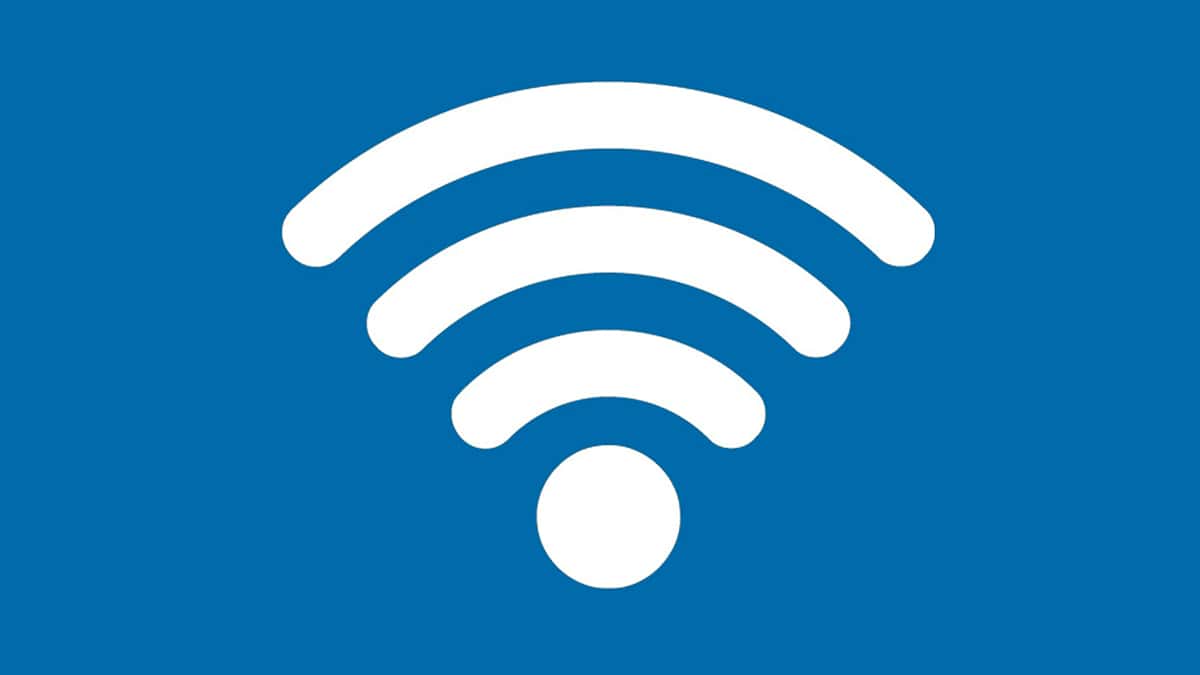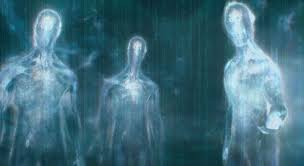Imagine a scenario in which subatomic particles like electrons somehow become dancers of light, a ballet of particles and waves that challenges our conventional understanding of reality. This is the fascinating topic we will explore, as we unravel the wave-particle duality of electrons, a concept at the heart of quantum mechanics.
The dance of light is a metaphor that illustrates the incredible nature of electrons, which can exhibit properties of both particles and waves. It's an idea that has both confounded and fascinated scientists for over a century, and has fundamentally changed our understanding of the universe at the subatomic level.
We'll delve into the key experiments and scientific breakthroughs that have shed light on this concept, from the theories of Planck and Einstein to the two-slit experiment. We'll also explore the implications of wave-particle duality, ranging from semiconductor technology to quantum computing.
Finally, we'll address the open questions and debates surrounding this topic, because, despite everything we know, the wave-particle duality of electrons still holds many secrets. So, get ready for an exciting journey into the heart of quantum mystery: the dance of light.
The wave and particle nature of electrons
In quantum physics, electrons are often described as both waves and particles, a concept known as wave-particle duality. This phenomenon was first proposed by Louis de Broglie in 1924 and has been an integral part of our understanding of quantum physics ever since.
Electrons as particles
When we think of electrons as particles, we refer to them as points of matter that have a negative electrical charge. This is the most common way of thinking about electrons, especially in the fields of electricity and magnetism.
Electrons as waves
The theory that electrons can also behave like waves was proposed by de Broglie. According to his hypothesis, each particle has an associated wavelength that can be calculated using a specific equation. This wavelength is called the de Broglie wavelength.
Double slit experiment and wave-particle duality
The double-slit experiment is often the first place students are introduced to wave-particle duality. In this experiment, an electron beam is fired through two slits, and the pattern that appears on a screen behind the slits is observed.
Observing interference patterns
If electrons were purely particles, we would expect to see two bands of light on the screen, corresponding to the two slits. However, what we actually observe is an interference pattern characteristic of waves.
The role of observation
A fascinating aspect of wave-particle duality is that the behavior of electrons appears to change depending on whether they are being observed or not. When we don't directly observe electrons, they display an interference pattern, suggesting they are behaving like waves. But when we observe electrons, they appear to behave like particles.
The implications of wave-particle duality
Wave-particle duality has some profound implications for our understanding of the universe.
Heisenberg's uncertainty principle
One of the most significant consequences of wave-particle duality is Heisenberg's uncertainty principle. This principle states that we cannot precisely know both the position and momentum (i.e., the speed and direction) of a particle at the same time.
The probabilistic nature of reality
Another implication of wave-particle duality is that reality appears to be inherently probabilistic. In other words, we cannot predict with certainty the outcome of a quantum measurement; we can only calculate probabilities.
- Wave-particle duality challenges us to reconsider our conventional ideas about reality and leads us into a realm of physics that is both fascinating and deeply mysterious.
Conclusion
In conclusion, the concept of the wave-particle duality of electrons, proposed by Louis de Broglie, has profoundly transformed our perception and understanding of physical reality. Electrons, traditionally considered negatively charged particles, also exhibit wave-like behavior, a fact that can be observed in experiments such as the double-slit experiment. This quantum phenomenon is even more intriguing because of the influence of observation, which seems to alter the behavior of electrons. The implications of wave-particle duality are vast, from Heisenberg's uncertainty principle, which sets the limits of our knowledge about a particle's position and momentum, to the probabilistic reality inherent in quantum physics. In this way, the dance of light, wave-particle duality, leads us to rethink our traditional notions of reality and immerses us in a fascinating and enigmatic world of physics.



